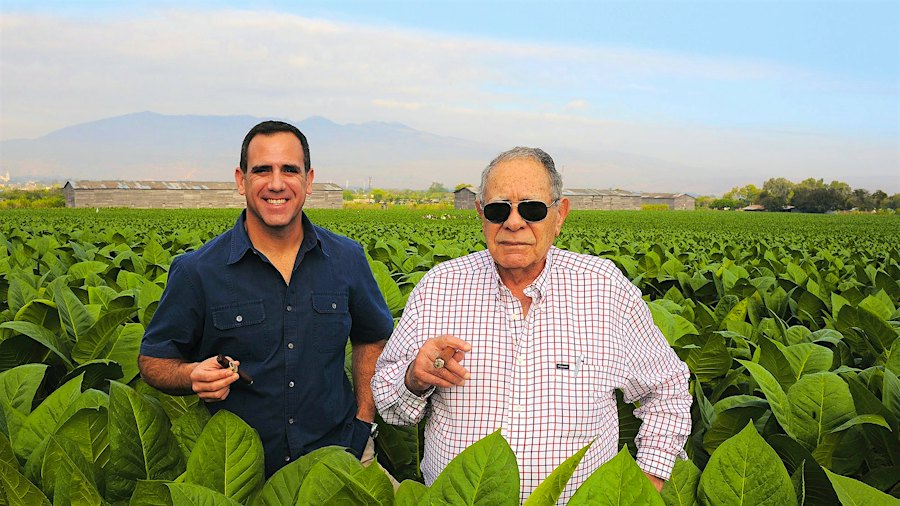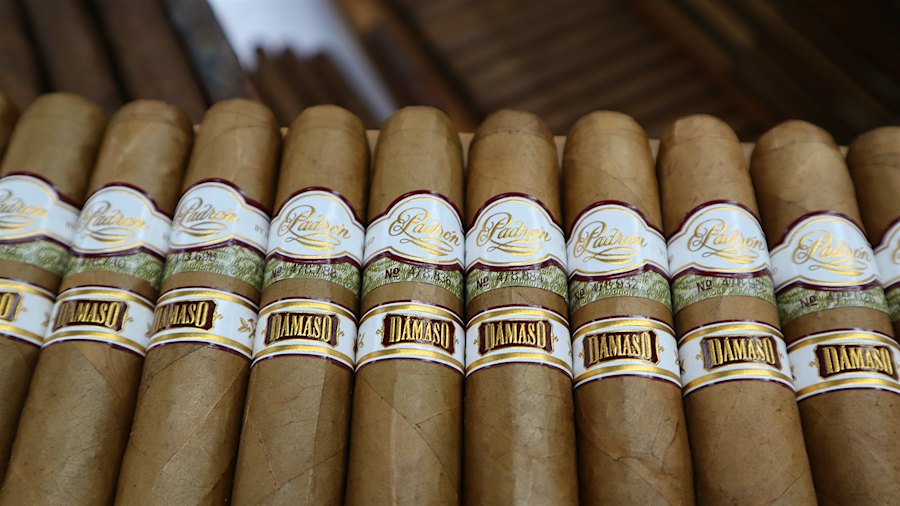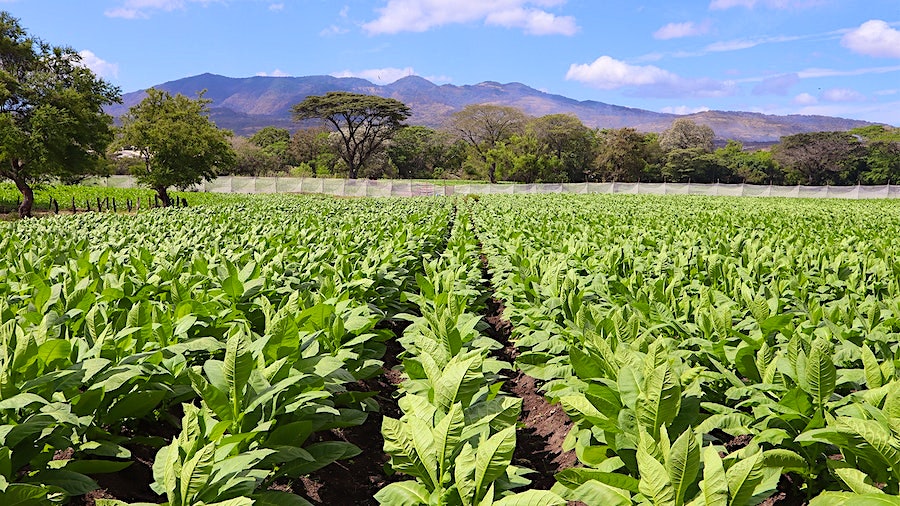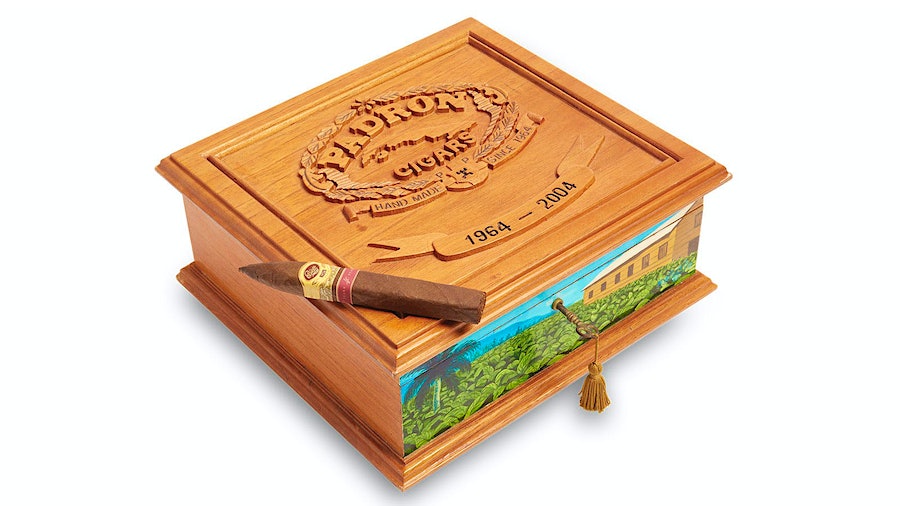Eleven Enlightening Facts About Padrón

Padrón is one of the world’s most critically acclaimed brands, with one stellar rating after another. The family-owned company has been producing cigars since 1964, and today it rolls all of its cigars by hand in Nicaragua. Here are some facts you may not know about this esteemed line of cigars.
The Company Doesn’t Age Its Cigars
Unlike most cigarmakers, Padrón doesn’t age its cigars after rolling. They are pressed, banded, boxed and shipped, without ever making a stop in an aging room. The tobacco inside the cigars is aged before rolling, of course, and the company likes to say that its cigars are ready to smoke the day they leave the factory—something our ratings certainly support.
The First Padróns Sold For 25 Cents Each
Despite their current high-end reputation, Padróns began as rustic, 25-cent cigars that debuted in September 1964. The cigars weren’t a hit right away, but surged in popularity when founder José O. Padrón, following the suggestion of a customer, made the cigars a bit longer and added pigtail caps, rebranding the smokes as fumas.
That Hammer Has A Back Story
The Padrón logo is a hammer, seen on many of the company’s products. It’s a symbol of the tool given to José O. Padrón when he was a recent arrival in the United States, and was struggling to make ends meet. He wanted to work, and someone gave him a little hammer, which he used for carpentry jobs. The hammer sits in a place of honor at Padrón headquarters in Miami.
Padróns Were Once Made In Honduras
The Padrón name is synonymous with Nicaragua, but the company once had a smaller cigar factory in Danlí, Honduras. For a short time in the 1980s, all Padróns were rolled there, due to a U.S. embargo on Nicaraguan goods that lasted from 1985 to 1990. During the 1990s cigar boom, Padrón made its cigars in both Honduras and Nicaragua. (The company never used Honduran tobacco.) Padrón shut down its Honduran factory in 2007, and today all of its cigars are rolled in Nicaragua.
The No. 35 Refers To Time
The diminutive Padrón Serie 1926 No. 35 (above) is called 35 because that’s how many minutes it takes Jorge Padrón to smoke one. Numbers are a big deal in the Padrón family. The 1964 brand is named after the year the company was founded, the 1926 for the birth year of the patriarch, and so on.
Padrón Is The Reason So Many Cigars Are Box Pressed…
The Padróns didn’t invent box pressing, but they sure normalized it. Before the 1994 debut of the Padrón 1964 Anniversary Series, most cigars on the market were round. “We didn’t invent the box press,” Jorge Padrón has said, “but we certainly brought it back.” These squared-off beauties ignited a box-pressed trend that burns strong to this day.
…But Not All Padróns Are Square
Some Padróns are round, such as the Serie 1926 No. 90, the Family Reserve No. 95 and 96 and the entire Padrón Dámaso line. All the cigars made by Padrón begin as round smokes, and many are pressed into that distinctive shape.
Hot Chocolate Could Have Ended The Padrón Story Before It Began
Before he made cigars, José O. Padrón tried making money via other businesses. In December 1963, he made a five-gallon batch of hot cocoa and tried to sell it to other Miami locals from the back of his 1952 Plymouth. It didn’t go as planned. “Nobody would buy the hot chocolate,” he told Cigar Aficionado years ago. The following year, he would begin selling cigars.
The Company Works Exclusively With Sun-Grown Tobaccos
All of the tobaccos used in Padrón cigars are grown in the open sunlight. Even the Dámaso line, made with Connecticut seed grown in Ecuador, features sun-grown tobaccos.
Thirty Years Ago, You Couldn’t Find One Outside Of Miami
Padrón cigars were born in Miami in 1964, and the company didn’t really break out of that local market for the first 30 years of its existence. In 1993, Jorge Padrón and his brother Orlando went to the company’s first trade show. “We sold to 12 retailers,” Jorge once told Cigar Aficionado. The market was dominated by milder smokes at the time, and Padrón initially had trouble convincing retailers to try their Cuban-seed smokes, which were more powerful than the typical blend of the day.
They Were The First Cigar Of The Year
The first Cigar of the Year named by Cigar Aficionado was the Padrón Serie 1926 40 Years, named No. 1 cigar of 2004. The company has been named No. 1 four times by this magazine, a record.













